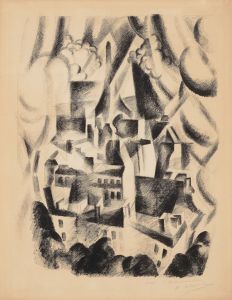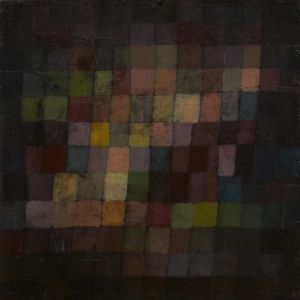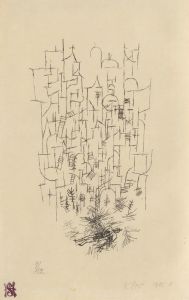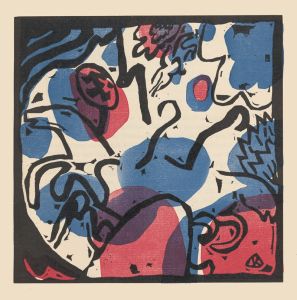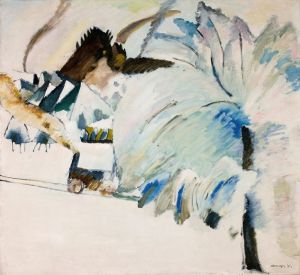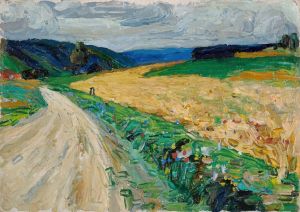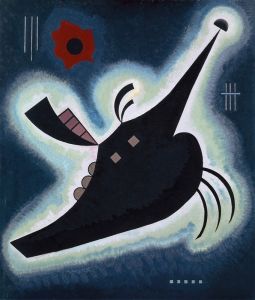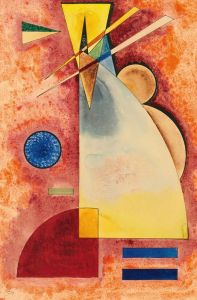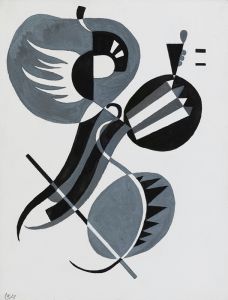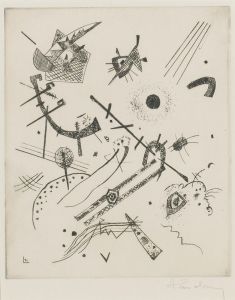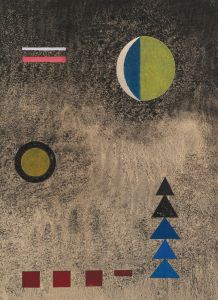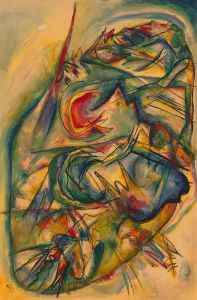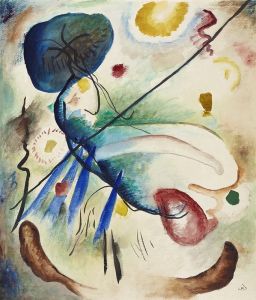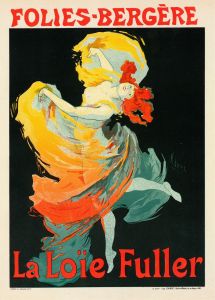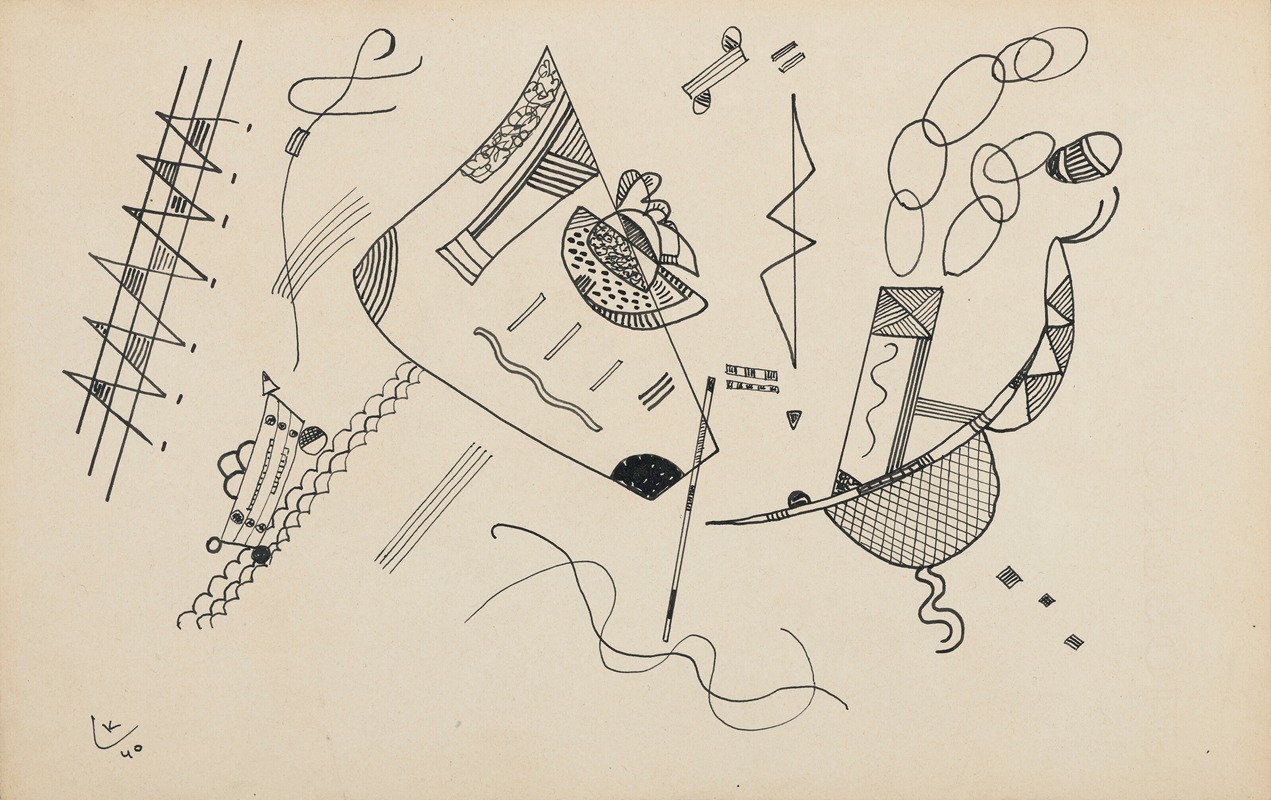
Ohne Titel
A hand-painted replica of Wassily Kandinsky’s masterpiece Ohne Titel, meticulously crafted by professional artists to capture the true essence of the original. Each piece is created with museum-quality canvas and rare mineral pigments, carefully painted by experienced artists with delicate brushstrokes and rich, layered colors to perfectly recreate the texture of the original artwork. Unlike machine-printed reproductions, this hand-painted version brings the painting to life, infused with the artist’s emotions and skill in every stroke. Whether for personal collection or home decoration, it instantly elevates the artistic atmosphere of any space.
Wassily Kandinsky, a pioneering figure in abstract art, created numerous works that have left a significant mark on the art world. One of his pieces, "Ohne Titel," which translates to "Untitled" in English, exemplifies his innovative approach to painting. Kandinsky, born in Moscow in 1866, was a key figure in the development of abstract art, and his works are characterized by their vibrant use of color and form, which often convey deep emotional and spiritual themes.
Kandinsky's journey into abstraction was influenced by his synesthetic experiences, where he could perceive colors as sounds and vice versa. This unique perception allowed him to explore the emotional resonance of colors and shapes, leading to a new form of artistic expression that broke away from traditional representational art. His work was also influenced by his interest in music, particularly the compositions of Richard Wagner and Arnold Schoenberg, which inspired him to create art that was akin to a visual symphony.
"Ohne Titel" is a reflection of Kandinsky's mature style, where he fully embraced abstraction. The painting is characterized by its dynamic composition, featuring a complex interplay of geometric shapes, lines, and colors. Kandinsky believed that abstract forms could evoke emotions and ideas in the viewer, much like music does. This belief is evident in "Ohne Titel," where the arrangement of forms and the choice of colors create a sense of movement and harmony.
Throughout his career, Kandinsky was associated with several influential art movements and groups. He was a founding member of the Blue Rider (Der Blaue Reiter) group, which sought to promote modern art and emphasize the spiritual in art. This group played a crucial role in the development of Expressionism in Germany. Kandinsky's theoretical writings, such as "Concerning the Spiritual in Art," further articulated his vision of art as a means of expressing inner life and emotions.
Kandinsky's work, including "Ohne Titel," was not only a departure from traditional art forms but also a response to the rapidly changing world of the early 20th century. The industrial revolution, advances in science and technology, and the upheavals of World War I all influenced artists of the time to seek new ways of expression. Kandinsky's abstract art was a reflection of this search for new meaning and understanding in a complex world.
Today, Kandinsky's works are celebrated for their pioneering role in the development of abstract art. "Ohne Titel" is part of this legacy, showcasing his ability to convey emotion and spirituality through abstract forms. His influence can be seen in the works of later abstract artists and movements, making him a central figure in the history of modern art.
Kandinsky's contributions to art extend beyond his paintings; his theoretical writings and teachings have also had a lasting impact on the art world. His ideas about the spiritual and emotional power of art continue to resonate with artists and art enthusiasts alike, ensuring that his legacy endures.
In summary, "Ohne Titel" by Wassily Kandinsky is a testament to his innovative spirit and his role as a pioneer of abstract art. Through his unique use of color, form, and composition, Kandinsky created a visual language that transcends traditional artistic boundaries, inviting viewers to explore the emotional and spiritual dimensions of art.





